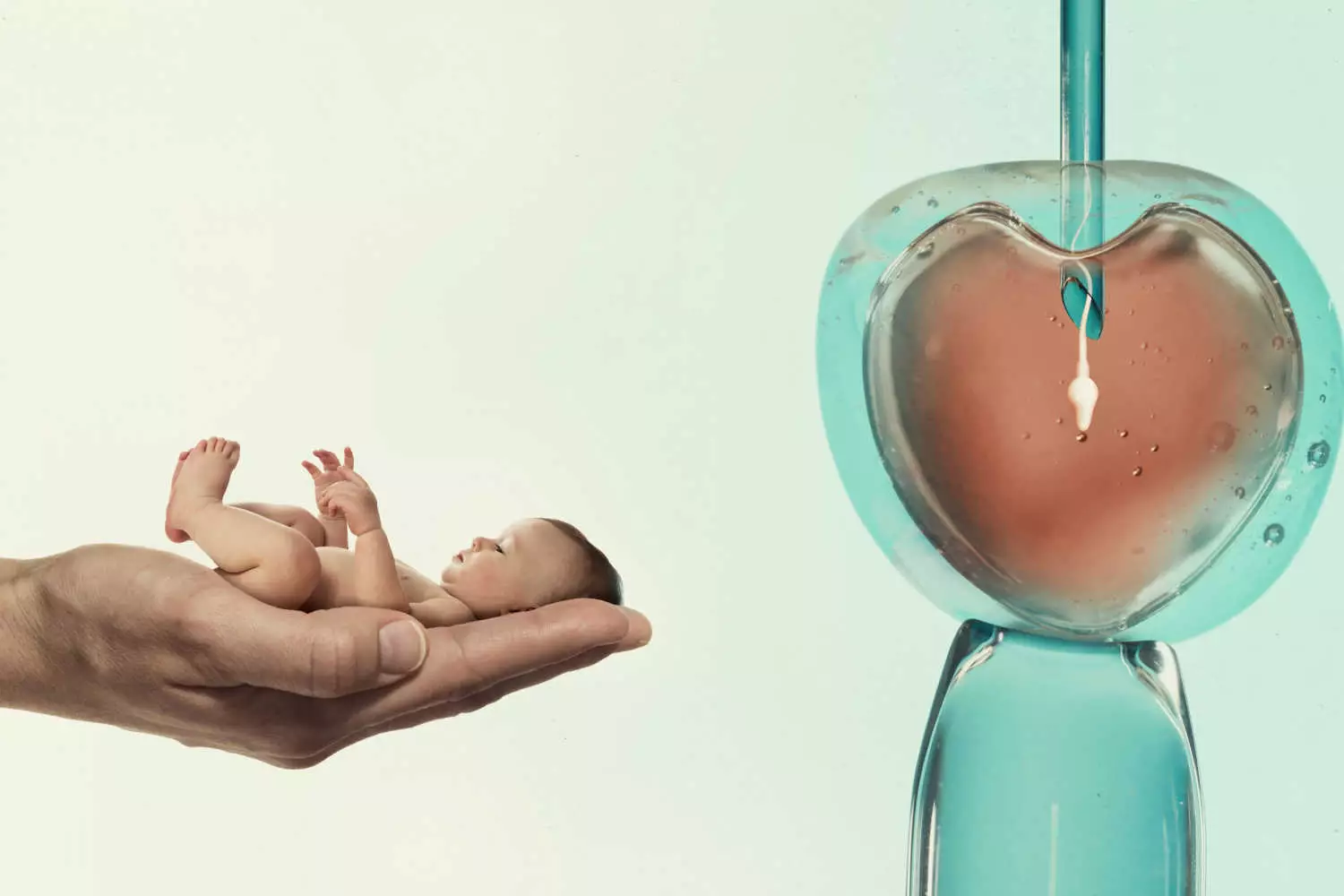
Dr Lathiesh
Dr. Lathiesh Kumar Kambham is a Neonatologist and Paediatrician with over 12 years of experience. He has a special interest in the management of birth asphyxiated babies and extreme preterms and ha More
Reviewed by Dr Lathiesh MBBS, MD (Pediatrics)
DM (Neonatology), Lead Neonatology and NICU Services
Aster Women & Children's Hospital
17 years of experience

Dr. Lathiesh Kumar Kambham is a Neonatologist and Paediatrician with over 12 years of experience. He has a special interest in the management of birth asphyxiated babies and extreme preterms and ha More
Written by Suma R P


The skin of a newborn is sensitive, and you may see many kinds of rashes that are not permanent. The neonatal period of the baby can be a phase of many such outbreaks on their sensitive skin. You need to be very careful while handling the baby during this time. Erythema Toxicum Neonatorum in newborns is one such skin rash found in most full-term babies. There are no grave consequences of this skin rash, and it is commonly seen in almost 50% of newborns every year.
The name Erythema Toxicum Neonatorum is given so because the rash looks like erythema. Erythema is a visible red rash on the skin, which is self-limited. It can occur due to several reasons. ETN is associated with only newborns, and hence it is called Neonatorum. Our article briefs on this condition, its causes, symptoms and treatment options.
In This Article
Erythema Toxicum Neonatorum is a kind of skin rash which is most common in full-term newborns. It is a benign skin rash, self-limited, and does not lead to any other consequences. It can occur on any body part, like the abdomen, chest, face, neck, arms, and legs. This skin condition looks like a red rash with small white or yellowish bumps like papules (small bumps on the skin with distinct or indistinct borders) or fluid-filled blisters like sacs called vesicles. These rashes have the nature of disappearing from one place after a few hours to reappear in another spot.
These kinds of skin rashes are not usually found on the palm, feet, and sole of a newborn but can occur on other parts of the body. Erythema Toxicum Neonatorum is a temporary skin rash that occurs during the first week of birth and regresses within 7-15 days. This kind of skin disorder is rare in preterm babies. Erythema Toxicum Neonatorum occurs only on fully developed and matured skin of full-term babies. Though these vesicles look infectious, the condition is non-infectious and does not spread from one part to another part of the body.
There are different theories regarding the cause of Erythema Toxicum Neonatorum in newborns. One of them states that it can be due to the reaction of the meconium (stool passed by the newborn) to the skin. It is also known to happen due to the pilosebaceous unit, which is related to sebaceous glands that produce hair follicles.
This condition may be present in the places from where the hair follicles arise. It may also occurr due to the increased inflammation of the cells around hair follicles. Newborns will have a lot of hair on their bodies during their neonatal period (28 days of birth), except for feet, soles, and palms. It supports the theory, which states that Erythema Toxicum Neonatorum occurs due to the infiltrated eosinophils on the epidermis. Despite these theories, the root cause of Erythema Toxicum Neonatorum remains unknown.

Erythema Toxicum Neonatorum occurs as a small yellowish-white bump on the skin, which may or may not have a proper shape. They may also look like small blisters or fluid-filled bags on your baby’s skin. These vesicles may sometimes release a fluid-like substance that looks like pus but is non-infectious. These red spots are of varied sizes and shapes.
Neonatal Erythema does not trouble the baby in any manner. These rashes can appear in one place for a few hours and then disappear and reappear on the other part of the body. The small bumps may start on one spot of the body and spread as clusters. There is no harm with neonatal erythema, as they regress with time.
There are other skin problems like neonatal acne or baby acne and Milia which poses similar symptoms of Erythema Toxicum in newborns. You can mistake the symptoms of Erythema Toxicum for other skin rashes. It is vital to check with your doctor regarding the symptoms that your baby experiences.
[Read : Milia in Newborn Babies]

Erythema Toxicum Neonatorum resembles two similar skin conditions – baby acne and milia in newborns. However, all three are different and are not to be confused with each other. All three skin conditions will not require any medication, as they eventually regress without leaving any marks.
Baby acne is tiny red bumps that look like pimples. You may see them on your newborn’s cheeks, forehead and nose. Baby acne occurs due to maternal hormones that overstimulate their oil glands. You may see them during the early days of their birth, and they will eventually reduce without any treatment.
This is another harmless skin condition seen in newborns which resembles ETN. Milia or a milium on your newborn’s skin is harmless, looks like a tiny pearl-like cyst, and appears due to the blockage of sweat glands. You may also observe Milia on their gums and palette, which look like pearls, and are called Epstein pearls.
The above three skin conditions in newborns are different yet harmless. Ensure not to try an over-the-counter medication on your babies. Always consult a pediatrician if you are worried about any new appearance of rashes or redness on your baby’s skin before your try out home remedies or OTC creams.
Erythema Toxicum Neonatorum is a self-limiting rash on a newborn that occurs during the first few days of birth. It looks like a red rash on the skin and can arise on any body part, except the feet, sole, and palm. The yellowish-white bumps are harmless and can spread through the skin. Neonatal Erythema regresses within 7-15 days of birth. Recurrence of Erythema toxicum is rare and does not result in any consequential diseases.

Neonatal erythema may not require any particular treatment. It can regress on its own after a few days. Doctors can identify this condition by just looking at the rash. To be on the safer side and to confirm the diagnosis of any other skin diseases that mimic the same symptoms, doctors may suggest tests like the skin biopsy, and the testing of infiltrated eosinophils under the microscope.
There is no need to change any skincare routine that you follow for your baby. It is vital not to use over-the-counter medications like creams and other gels to treat neonatal erythema. Unsupervised treatment may lead to other infections and skin problems for the baby.
Although Neonatal Erythema is harmless and does not require any treatment, it is vital to contact your general physician if you are concerned about your baby’s behavior like:
Erythema Toxicum Neonatorum in newborns is a harmless skin rash, does not have any grave consequences, and is non-infectious. It is important not to treat them on your own. Contact your general physician if you feel concerned about your baby’s condition. Touching them and breaking them is strictly not suggestible as this may lead the skin to contract other infections. Maintain a good skincare routine for your baby, and do not change it unless the doctors suggest you do so.
[Read : Top 10 Baby Skincare Tips]
Erythema Toxicum Neonatorum looks like a red rash on the skin of a newborn. It arises like small yellowish-white papules or vesicles. Neonatal Erythema can spread from one part to another part of the body. It usually occurs on the face, trunk, and legs.
No, baby acne or neonatal acne is different from Erythema Toxicum. The symptoms may look the same, but the condition differs.
Erythema toxicum is a harmless skin rash seen in 50% of newborns. It occurs during the first few days of life. It disappears on its own after two weeks without the need for medication.
Coconut oil can help keep the baby’s skin soft and supple. However, there is no evidence of coconut oil helping ease ETN in newborns.
Breast Milk eases problems like rashes, baby acne, and eczema by helping build immunity in babies. Skin conditions like ETN usually do not require medication.
Read Also: Cradle Cap In Babies

Suma is a passionate content writer with a strong keenness to understand the miracle of pregnancy, birth, and parenting. Suma has successfully transitioned into a full-time content writer and a key contributor at Being The Parent. She leverages on her experimental background in chemistry and experience in writing to come up with well-researched content that helps parents struggling to deal with various medical conditions of their children.Read more.

Chair Method of Sleep Training Your Baby – Know All About it

Jet Lag in Babies – Signs and Tips to Cope

Positive Coombs Test in Newborns – What it is, When it is Done and How to Take Care

Top 7 Tips to Bond With Your IVF Baby

Top 8 Best Bedtime Story Books For Babies in First Year

Symmetric Tonic Neck Reflex in Babies – What is it and Steps to Test it
Get regular updates, great recommendations and other right stuff at the right time.